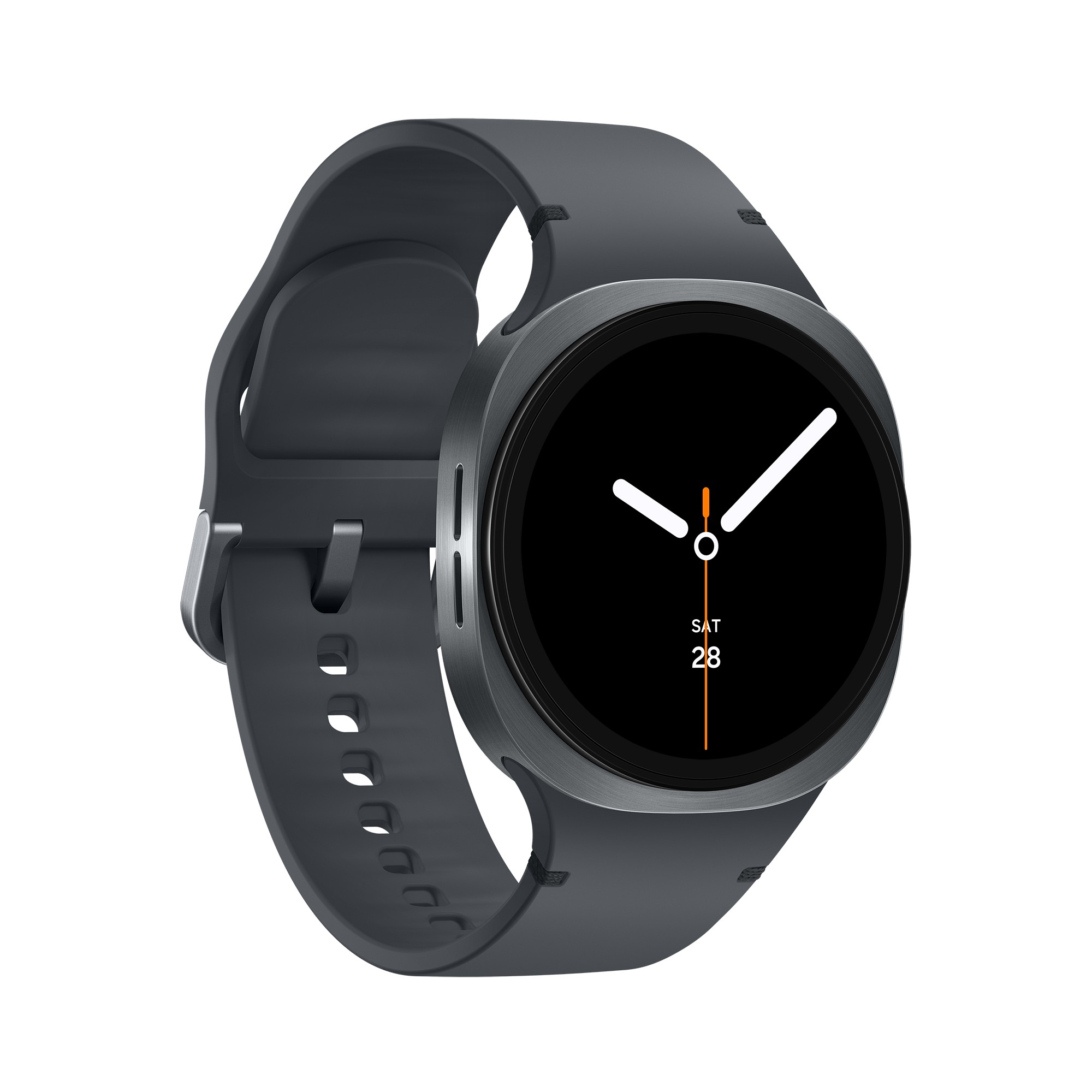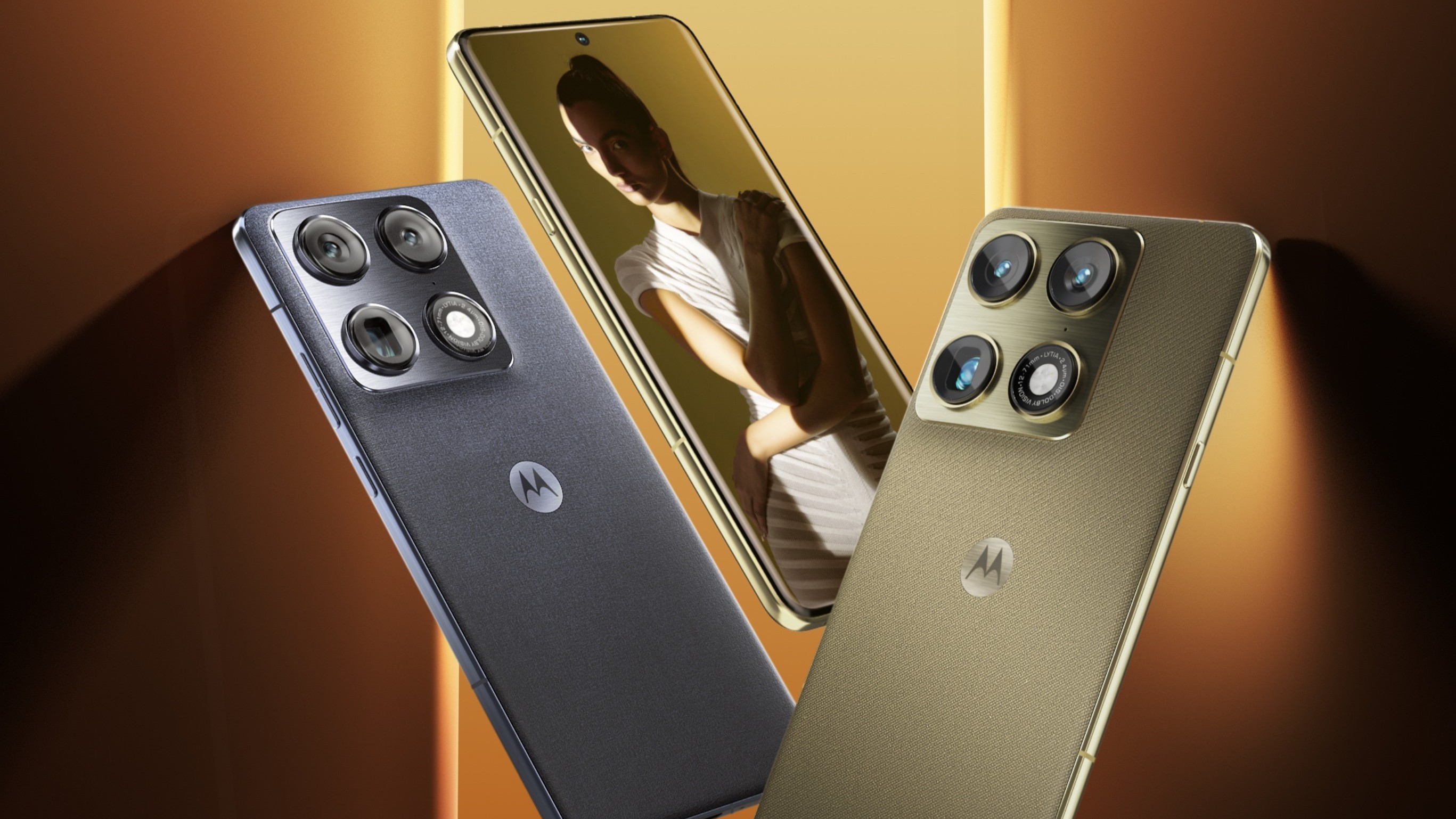Samsung Galaxy Watch 8 vs. Galaxy Watch 6: Is it time to upgrade?
With the Galaxy Watch 6 nearly out of rotation in stores, the Galaxy Watch 8 is probably you're only bet.
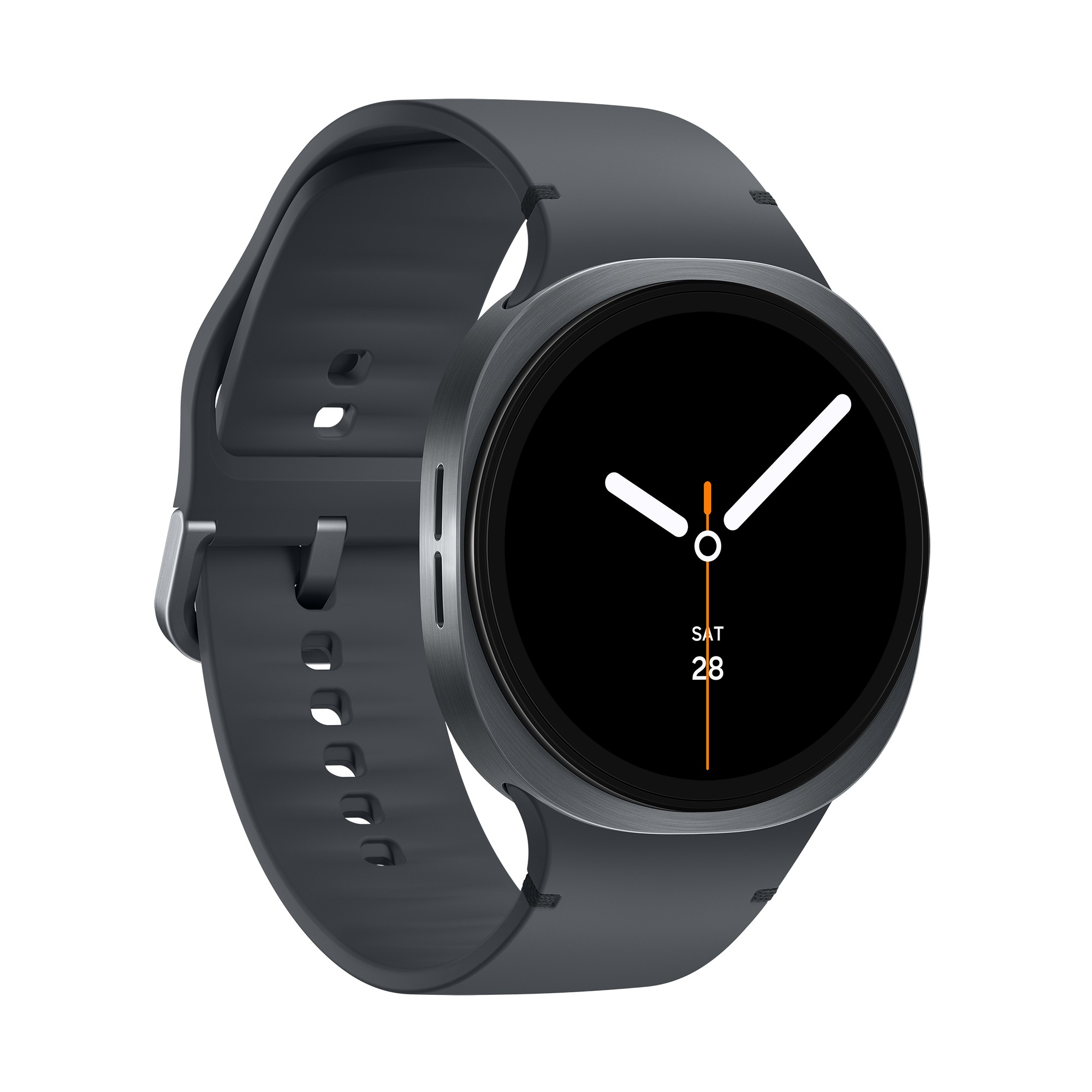
Slimming it down
The Samsung Galaxy Watch 8 packs some big design changes over the Watch 6. It's even slimmer and lighter than the Watch 7, and ships with the latest version of Wear OS.
Pros
- A fresh design
- New health features capitalizing on Samsung's BioActive sensor
- Two sizes, each with Wi-Fi or LTE
- Gemini integration with Wear OS 6
Cons
- Mildly larger battery than Watch 6
- Not much of a spec bump over the Watch 7
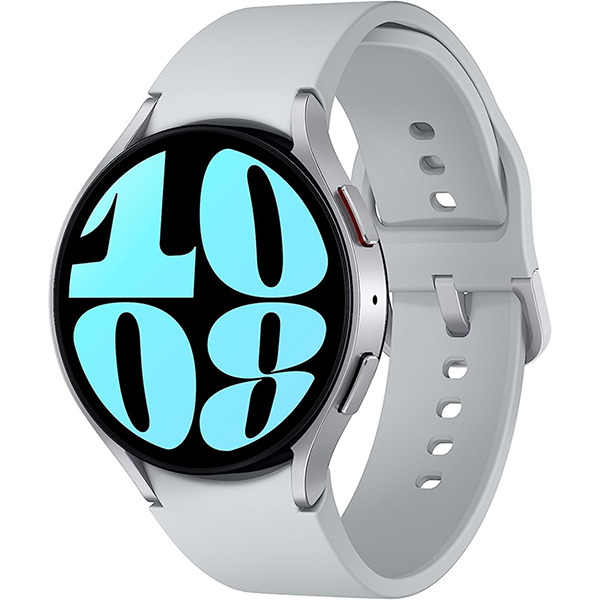
Samsung's old-gen Galaxy Watch
The Samsung Galaxy Watch 6 is now two generations old with the debut of the Watch 8, but you wouldn't know it. The Galaxy Watch 6 still runs the latest software, is a solid performer, and should deliver a comparable battery life as the Watch 8. However, if you care highly about fitness accuracy, you may feel compelled to upgrade.
Pros
- Improved health features compared to older models, like AFib detection and personalized HR zones
- Faster charging
- Same 40-hour battery life as newer Galaxy Watch models
- Physical rotating bezel option with Watch 6 Classic, digital bezel with Watch 6
- Still a few years of software support left
Cons
- Older health sensors
- GPS data can be unreliable at times
- Inaccurate body composition data
Much like phones, smartwatches became sophisticated over the past decade, limiting the need for annual updates. The Samsung Galaxy Watch 7 wasn't that much different from the Galaxy Watch 6, for instance. If you needed any evidence of that, Samsung's two-year release cadence for Classic and Ultra models is a good indicator. But with the Galaxy Watch 8 finally here, is it time for Galaxy Watch 6 owners to consider an upgrade?
The answer might just be yes. The Samsung Galaxy Watch 8 builds on Watch 7's improvements, and it might just be Samsung's best entry-level smartwatch yet. With a slimmer and lighter design as the core focus for this new generation, here's how it compares to the Watch 6.
Samsung Galaxy Watch 8 vs. Galaxy Watch 6: Pricing and availability
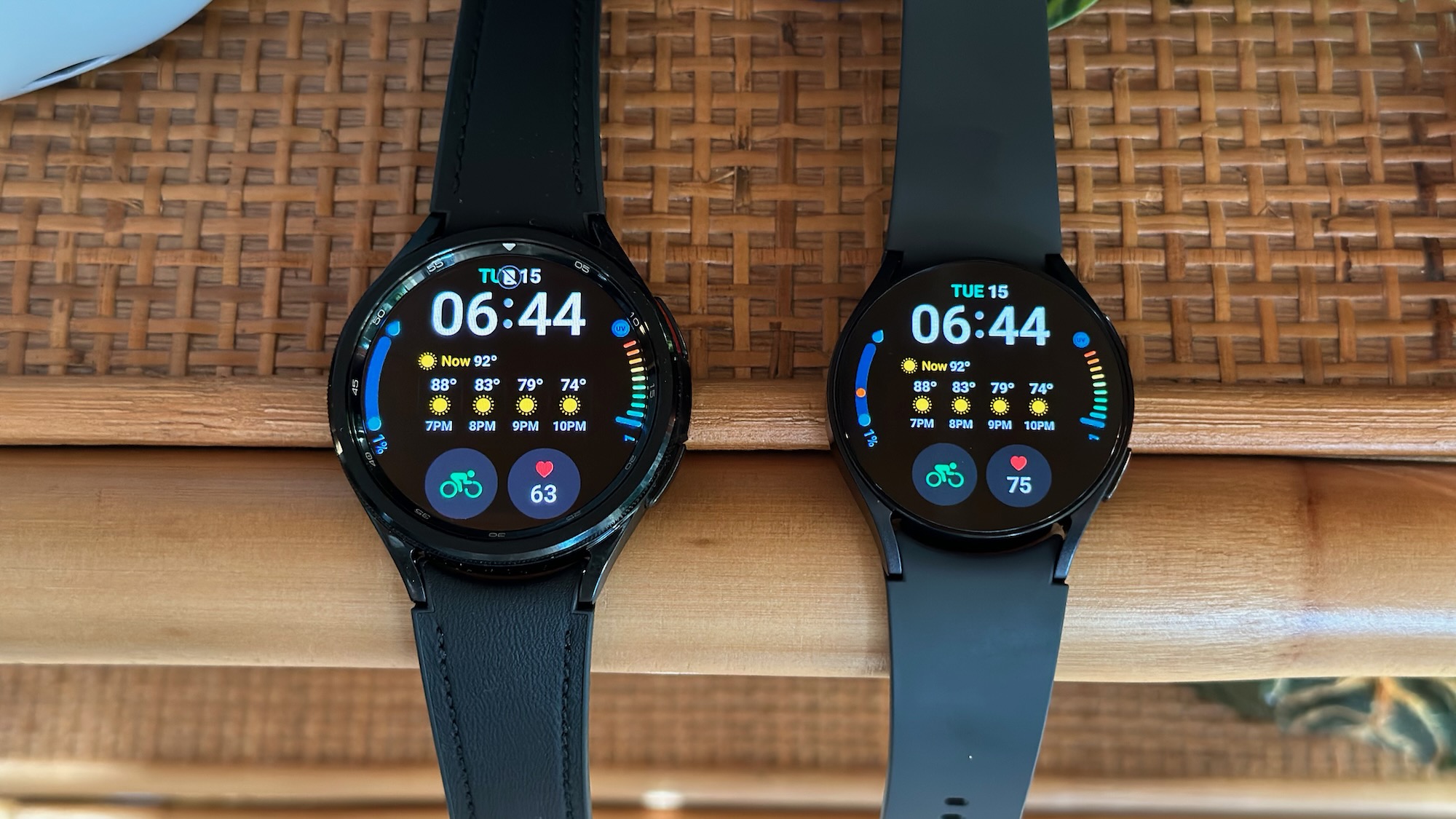
The Samsung Galaxy Watch 8 is available for pre-order starting July 9 and goes on sale from July 25 in the U.S. (and other regions as well). Prices have increased slightly compared to the Watch 7, making the Watch 8 more expensive than the Watch 6. The Watch 8 only comes in a single color, which is silver.
The Samsung Galaxy Watch 6 is available for a lot less in 2025. You can purchase a brand-new Watch 6 for around $150 to $180 at major retailers like Best Buy and Amazon. Color options include Graphite, Silver (44mm only), and Gold (40mm only).
Samsung Galaxy Watch 8 vs. Galaxy Watch 6: Design and hardware
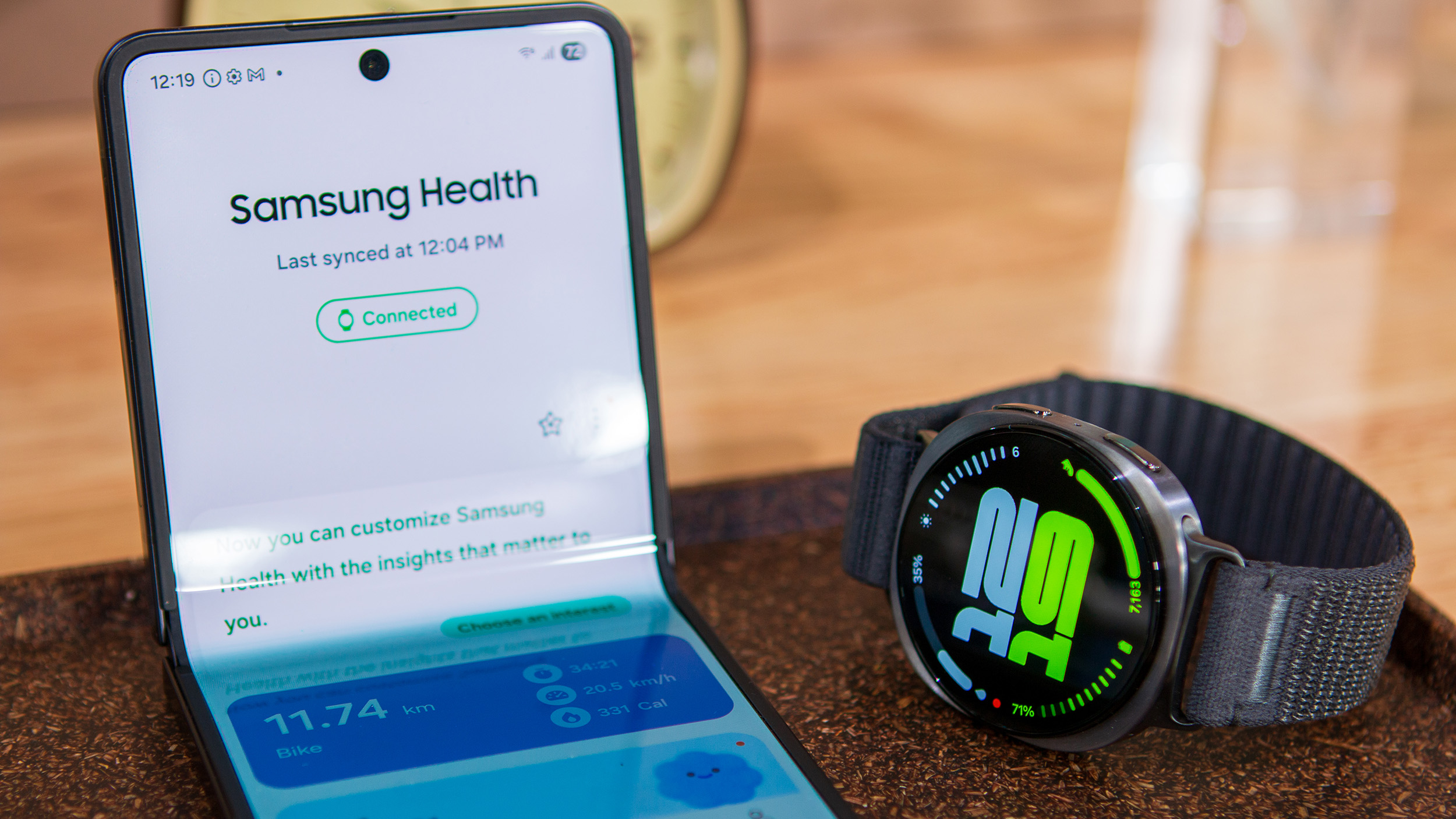
Samsung's corporate VP of MX Division, Daniel Araujo, previewed the Watch 8 by saying it'll feature an "innovative design" in a Q1 2025 earnings call. Now that the Watch 8 is finally here, those claims may have been exaggerated a bit if you ask me.
The Galaxy Watch 8 takes a few design cues from Samsung's Galaxy Watch Ultra, so now Watch 8 series look like they belong from the same generation. We once again have two sizes of 40mm and 44mm, and each are available as Wi-Fi and LTE options.
The Galaxy Watch 8 is said to be 11% thinner than the Watch 7, which means it's even thinner when compared to the Watch 6. Both sizes measure 8.6mm in thickness, and are 30 grams and 34 grams, respectively. There's a new docking mechanism, too, for the straps, which now provides a snugger fit on your wrist, leading to more accurate data readings.
Get the latest news from Android Central, your trusted companion in the world of Android
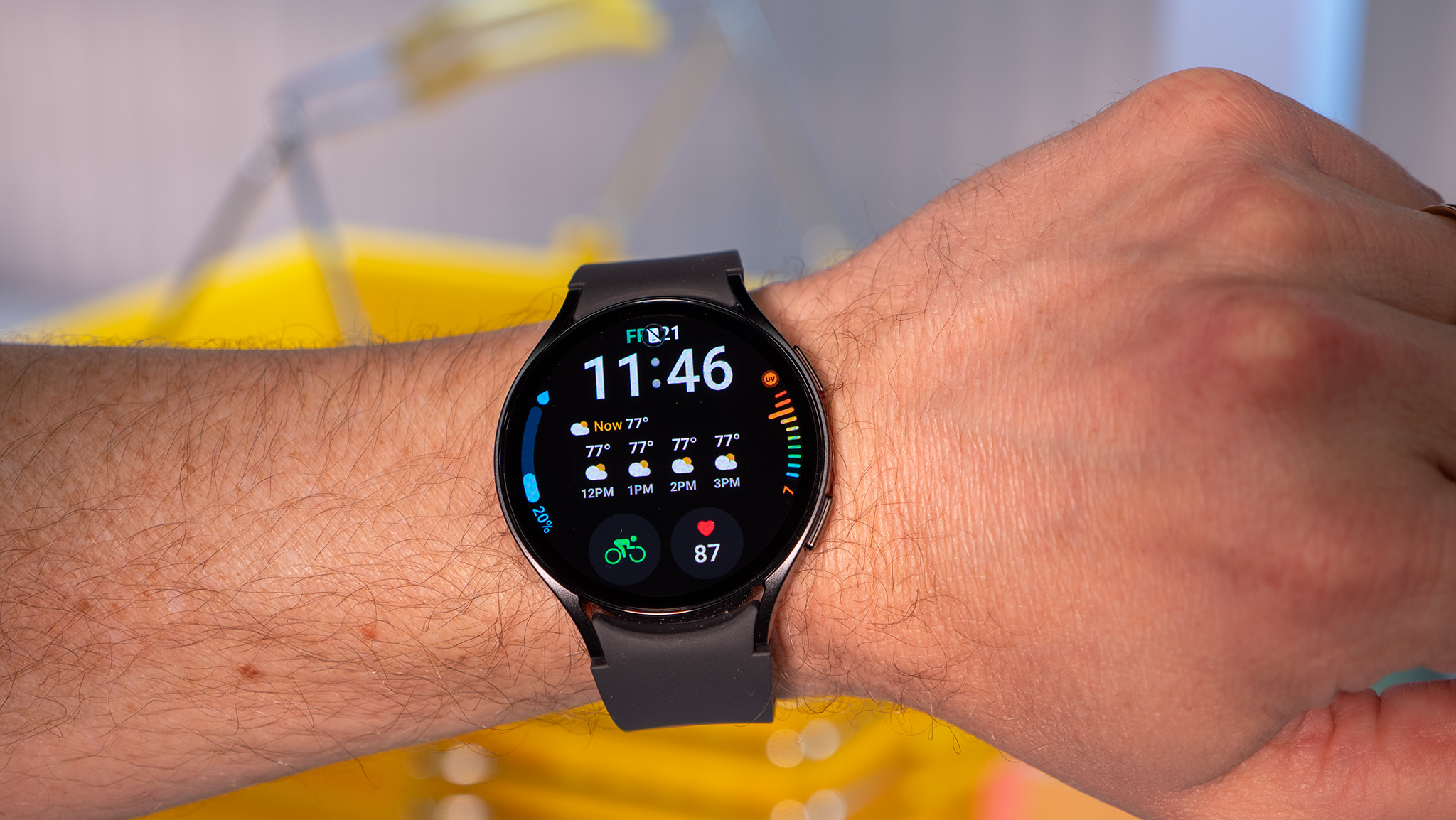
How does that compare to the current Galaxy Watch 6? Well, the Watch 6 has a completely different look due to its circular chassis. This could be a pro or a con, depending on your style preferences. The screen sizes are slightly different here.
The 40mm Galaxy Watch 8 has a 1.34-inch display while the Watch 6 has a 1.3-inch screen. The 44mm Galaxy Watch 8 has a 1.47-inch display compared to the 1.5-inch screen on the Watch 6. There's a slight difference in resolution, too, but nothing that you'd notice.
Both watches offer IP68 water and dust resistance certifications while meeting military durability standards. There's also Sapphire Crystal glass over the displays for scratch protection.
Category | Samsung Galaxy Watch 8 | Samsung Galaxy Watch 6 |
|---|---|---|
Display | 40mm (1.34-inch, 438x438) or 44mm (1.47-inch, 480x480) Super AMOLED display | 1.3-inch (432 x 432), 1.5-inch (480x480) Super AMOLED |
Protection | Sapphire Crystal glass, 5ATM, IP68, MIL-STD-810H | Sapphire Crystal Glass, 5ATM, IP68, MIL-STD-810H |
Materials | Armor Aluminum case | Aluminum |
Connectivity | Bluetooth 5.3, Wi-Fi 2.4/5GHz, NFC, LTE (optional), GPS, Galileo, Glonass | Bluetooth 5.3, Wi-Fi 2.4/5GHz, NFC, UWB, LTE (optional), GPS, Galileo, Glonass, Beidou |
Sensors | Samsung BioActive Sensor (Optical Bio-signal Sensor + Electrical Heart Signal + Bioelectrical Impedance Analysis), Temperature Sensor, Accelerometer, Barometer, Gyro Sensor, Geomagnetic Sensor, Light Sensor | Samsung BioActive Sensor (Optical Heart Rate + Electrical Heart Signal + Bioelectrical Impedance Analysis), Temperature Sensor, Accelerometer, Barometer, Gyro Sensor, Geomagnetic Sensor, Light Sensor |
Battery | 325mAh/435mAh | 300mAh/425mAh |
Charging | Fast charging | Fast charging supported |
RAM / storage | 2GB / 32GB | 2GB / 16GB |
OS | One UI 8 Watch (Wear OS 6) | One UI 5 Watch (Wear OS 4) [upgradeable] |
Colors | Silver, Graphite | Graphite, Gold (40mm); Graphite, Silver (44mm) |
The big difference between the Galaxy Watch 8 and the Galaxy Watch 6, in terms of hardware, is their health sensors. The former features Samsung's latest optical bio-signal sensor, while the latter has a last-generation BioActive sensor. Samsung introduced a newer sensor with the Galaxy Watch 7, and Samsung is building on this to add new features to the Watch 8.
One thing that is unlikely to change significantly is the battery life. The Samsung Galaxy Watch 6 has a 40-hour battery life estimate, and the Galaxy Watch 8 should offer slightly better battery life due to the newer processor and software, but not much. The 40mm Watch 8 could offer more noticeable improvements, but the 44mm size of both watches has the same capacity.
Samsung Galaxy Watch 8 vs. Galaxy Watch 6: Software
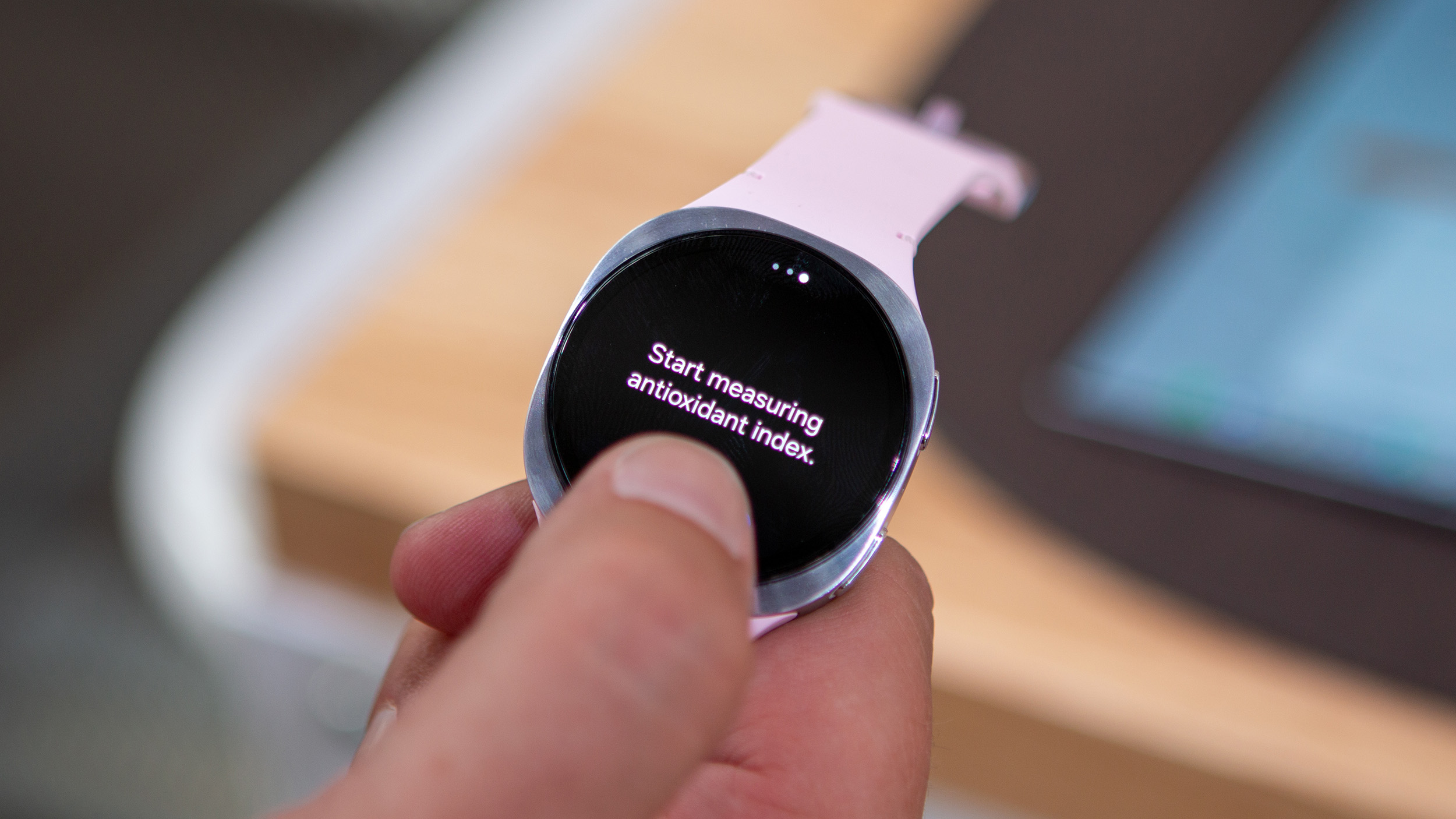
Samsung has launched the Galaxy Watch 8 with Wear OS 6, which was already teased ahead of Google I/O 2025 and shown off during The Android Show (at least the stock Pixel version). Meanwhile, the Galaxy Watch 6 launched with Wear OS 4 but has since received the upgrade to Wear OS 5. Among the improvements in Wear OS 6 is a 10% battery life increase for some models.
Keep in mind that the Galaxy Watch 6 still has roughly two years of software support left, so it should eventually get the boost to Wear OS 6.
Some of the unique features going for the Galaxy Watch 8 are built-in Gemini and new health tracking features. Some of the notable ones include the ability to measure Vascular Load and check your Antioxidant Index. These are features the Watch 6 will never get since it has older health sensors.
Samsung Galaxy Watch 8 vs. Galaxy Watch 6: Should you consider upgrading?
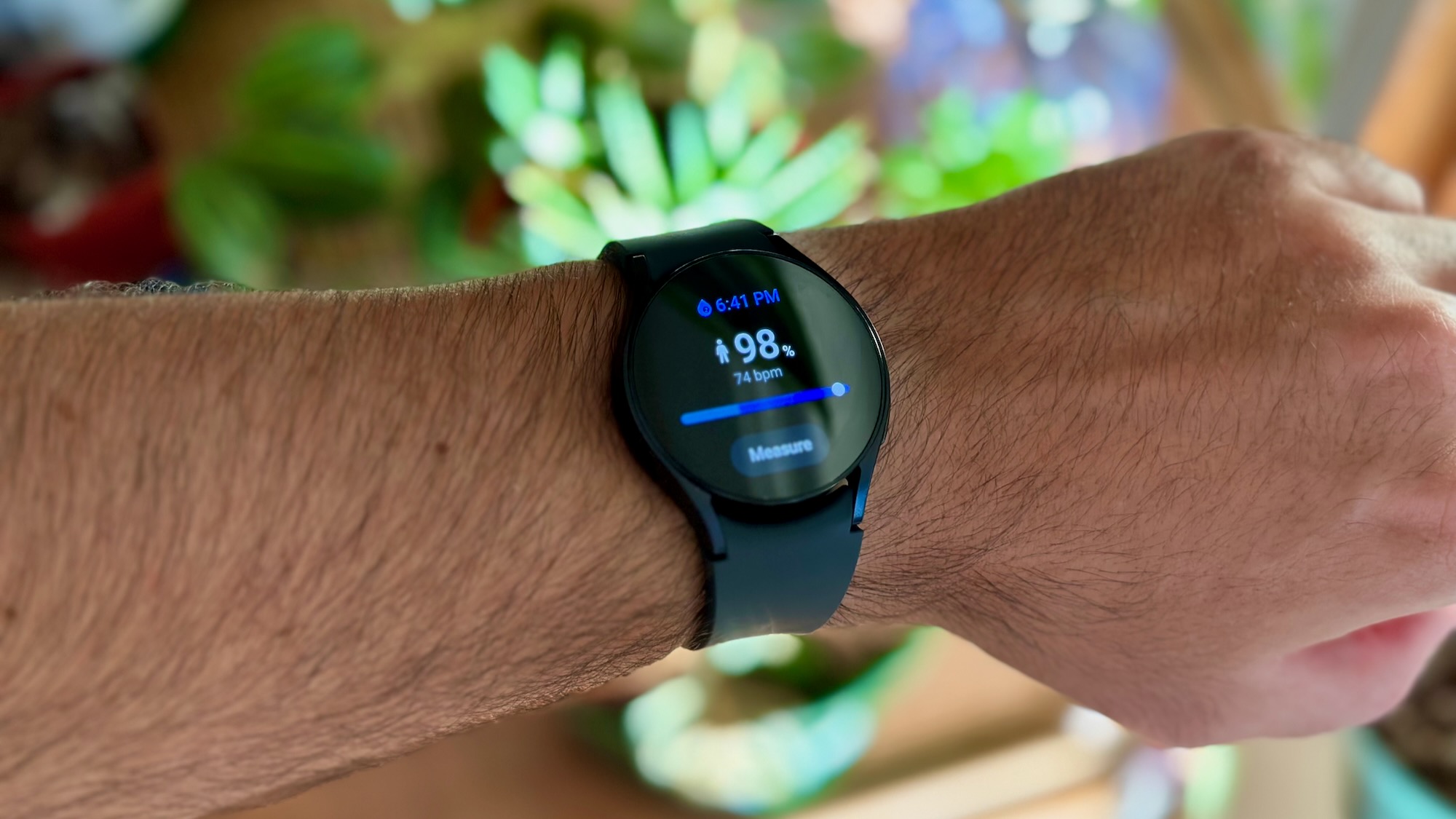
The Samsung Galaxy Watch 8 is a worthy upgrade over the Galaxy Watch 6, but only for the right kind of person. If you use your Galaxy Watch for basic smartwatch features — like media controls, messaging, and notifications — there's no reason to toss aside your Galaxy Watch 6. It's running the latest One UI 6 Watch version and will get the boost to Wear OS 6 eventually. In other words, there's a lot of life left in it.
If you're the kind of smartwatch user who craves accurate and advanced health and fitness metrics, the Galaxy Watch 8 becomes a much more enticing option. Samsung introduced a new BioActive sensor with last year's Watch 7 that addresses many of the accuracy problems we had with the Watch 6.

Still going strong
The Samsung Galaxy Watch 6 is a decent buy in 2025, if only because of its price. You get half the features of a newer model for half the cost, and that may be enticing to some. If you already own a Galaxy Watch 6 and are happy with it, you may not feel inclined to upgrade to the Galaxy Watch 8.

Brady is a tech journalist for Android Central, with a focus on news, phones, tablets, audio, wearables, and software. He has spent the last three years reporting and commenting on all things related to consumer technology for various publications. Brady graduated from St. John's University with a bachelor's degree in journalism. His work has been published in XDA, Android Police, Tech Advisor, iMore, Screen Rant, and Android Headlines. When he isn't experimenting with the latest tech, you can find Brady running or watching Big East basketball.
- Roydon CerejoContributor
You must confirm your public display name before commenting
Please logout and then login again, you will then be prompted to enter your display name.
